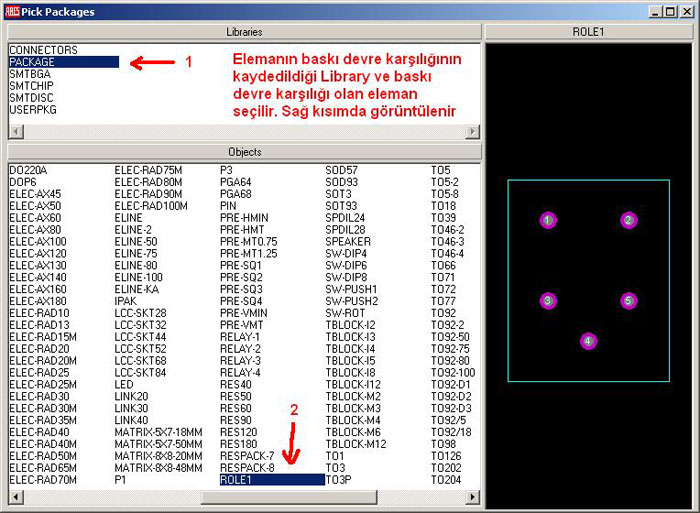


In the above, we use ARM7 processor for the vehicle section of the system, which is a high end 32 bit microprocessor, executes the instructions very fast and we use PIC microcontroller for the transmitting section of the system.Today any average car consists of around 60 to 100 sensor units in it for sensing and exchanging information. The controller receives it and responds back with values of latitude and longitude given by GPS. We use GSM to know that where the vehicle is located exactly by sending a message. We also have GPS in this Paper to locate the vehicle. If the balance is not available in the card then gate will not be opened. If sufficient amount exits in the card then the gate will be opened and whenever the vehicle crosses then with in 2min automatically gate will be closed. When the Vehicle is entered then RFID will be active and the reader reads the tag and microcontroller checks with the database for the balance for the balance enquiry. The role of RFID is to identify the vehicle. This paper plays a vital role now a day because we use RFID technology with GSM to develop the Application. The main theme of this paper is to avoid human existence at the toll gates and it plays an automatic role in permitting the vehicle to go/stop by taking the payment. Interfacing of the microcontroller with Liquid Crystal Display (LCD) and Keypad through I/O ports is presented and finally Universal Asynchronous Receiver Transmitter (UART) based asynchronous serial communication at 115200 baud rate through PIC microcontroller is done in Proteus. Pulse Width Modulation (PWM) is generated using Output Compare Module (OCM) of microcontroller. Basic methodology of calling interrupts is defined using simulations. Then timers are briefly explained and simulated for specific applications. Firstly Ports A and B are initialized to use for Input-Output (I/O) interfacing. The research work demonstrates the functioning different sections of the microcontroller. 16-bit PIC microcontrollers are not explored to the best potential for their hands on experience in educational and industrial sectors. PICs are cost-effective microcontrollers and provide a large number of applications in educational and industrial areas.

This paper aims at explore the working of a 16-bit Peripheral Interface Controller (PIC) 24F series microcontroller using MPLAB IDE and Proteus Professional software.


 0 kommentar(er)
0 kommentar(er)
